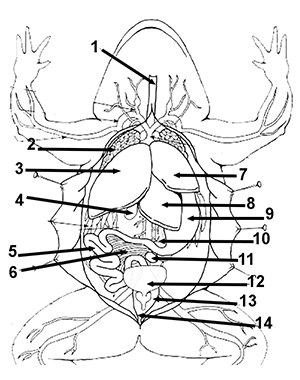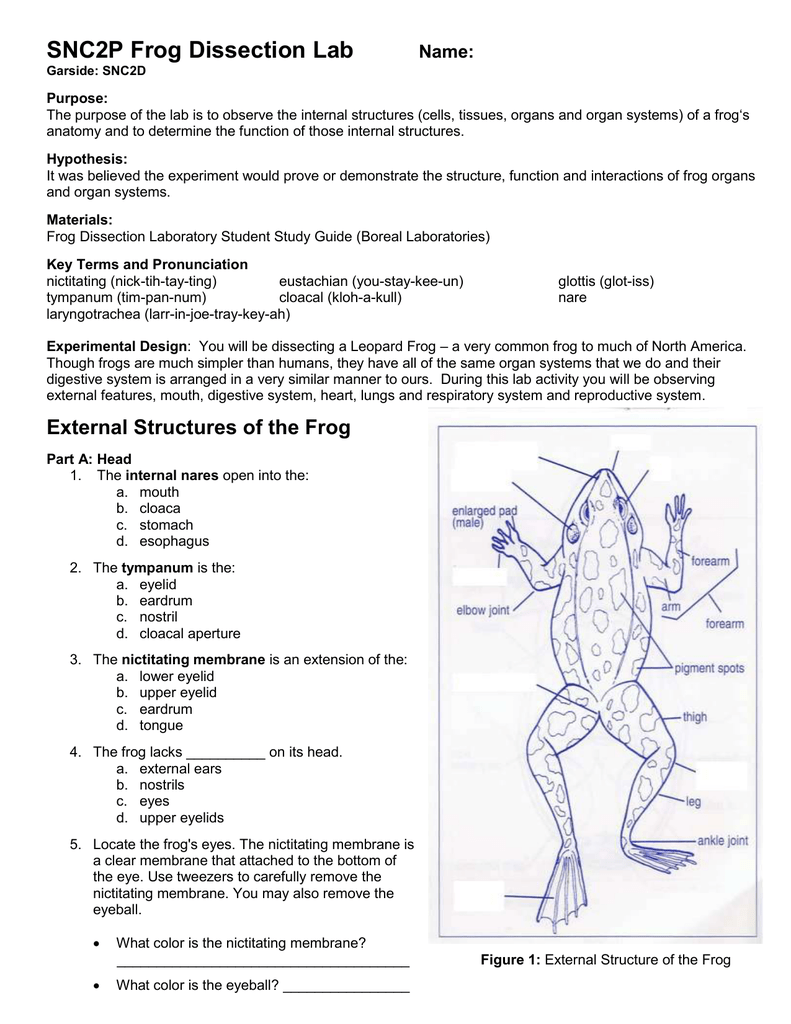
In terms of their classification, since reptiles do not constitute a monophyletic group they are no longer considered as a valid taxon that is separate from birds. In addition, unlike amphibians that are always tied to water for their reproduction, reptiles engage in internal fertilization and produce eggs that can be deposited on land (some species are even capable of giving birth to live young). These include a waterproof skin, durable scales, a stronger skeleton, more efficient circulatory, respiratory and nervous systems and the ability to get rid of their nitrogenous wastes in a manner that requires the loss of very little water. In general, modern reptiles show a number of developments that make them better suited to life on land than the amphibians. Certainly the most spectacular forms were the dinosaurs ("terrible lizards") that ruled the land for over 100 million years and then disappeared abruptly around 65 million years ago. By the beginning of the Mesozoic Era (about 250 million years ago) the ruling reptiles had radiated into just about every conceivable ecological niche ushering in the "Age of Reptiles". The reptiles make their appearance in the fossil record around 340 million years ago during the Paleozoic Era. The specimen shown above is the Colorado River toad. In general, toads prefer drier habitats than true frogs and tend to lay their eggs in long chains instead of clusters.
FROG DISSECTION LAB REPORT 33A ANSWERS SKIN
True toads tend to have stubby bodies with short hind legs (for walking instead of hopping), warty and dry skin with paratoid (poison) glands behind their eyes. In general, frogs tend to prefer aquatic or moist environments and tend to lay their eggs in clusters. True frogs (like the wood frog shown in the image above) tend to have two bulging eyes, strong, long, webbed hind feet that are adapted for leaping and swimming, smooth or slimy skin.

There are over 4,000 species of frogs and toads, ranging in size from 1 cm to over 30 cm! These amphibians lack tails and are therefore referred to as anurans. Consequently, they tend to be colorful, active during the day and quite bold (contrasted to most other species of salamanders, which are nocturnal). Another difference is that newts tend to be poisonous, and some of them are quite deadly if ingested. In North America, newts tend be more aquatic with laterally compressed tails that aid in swimming. There is little actual distinction between newts and salamanders. Lungs are the rule in adult forms, but some salamanders lack lungs or gills, using only their skin and mouth for gas exchange! Newts All salamanders and newts hatch with gills, but these are usually lost in all but aquatic forms or those that fail to metamorphose. Unique among vertebrates is the ability to regenerate lost limbs, as well as other body parts. Some salamanders are aquatic throughout life, some take to the water intermittently and some are entirely terrestrial as adults. Their moist skin restricts them to moist habitats in or near water, often in wetlands. Most species (like the Eastern red-backed salamander shown) have slender bodies, short noses, long tails and four toes on their front legs and five on their rear legs. Salamanders are tailed amphibians with short, stubby legs. Their food consists mostly of earthworms and other small invertebrates.

The caecilians include about 165 limbless amphibians that inhabit tropical forests of Central and South America, Africa and Southeast Asia. Living amphibians include the: leg-less amphibians (caecilians), tailed-amphibians (salamanders and newts) and tail-less amphibians, or anurans, (frogs and toads). These colors are due to pigment-containing cells call chromatophores that come in several varieties. In keeping with their toxic nature, many amphibians are brightly marked with aposematic (warning) colors that advertise their toxicity. The skin of all amphibians also contains poison (serous) glands that produce toxins that range from mildly noxious to deadly poison (some are among the most potent toxins produced by any vertebrates). Since it is too thin to provide much protection against dehydration or predators, they must employ other means of defense.įor example, amphibian skin contains many mucous glands that keep them moist and make them slippery, which helps them escape from predators. The skin of amphibians is moist and thin with no scales. General characteristics of amphibians include a bony skeleton and usually four limbs. Amphibians make their first appearance in the fossil record almost 400 million years ago, and the surviving species represent a small fraction of the total number of amphibians that once existed on Earth. The Class Amphibia ("double life") contains over 4,000 species of animals that are somewhat transitional between fishes and reptiles.


 0 kommentar(er)
0 kommentar(er)
